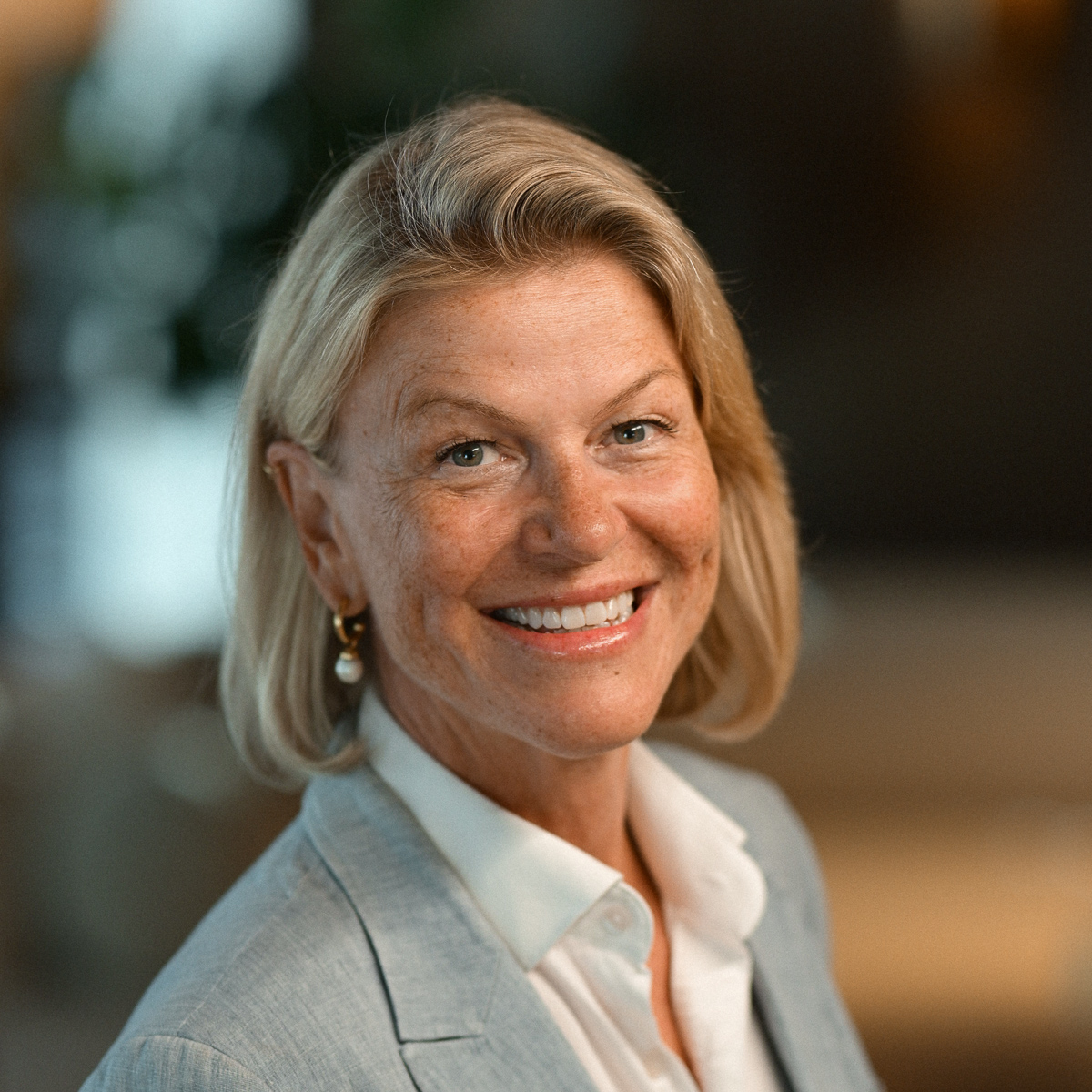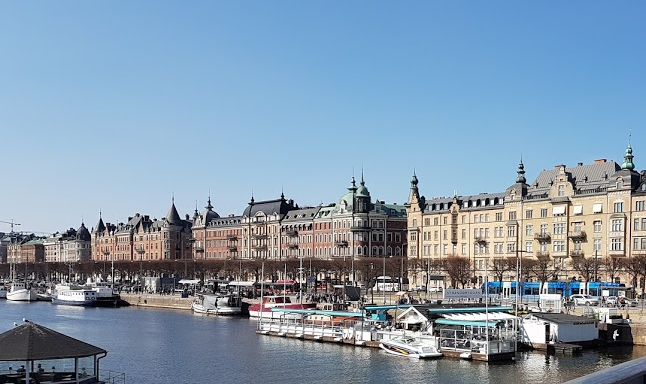EUROPEAN COMMERCIAL INVESTMENT VOLUMES EXPECTED TO REACH €219BN

Marianne har jobbet som markedssjef i Malling & Co siden 2010. Hun er glødende opptatt av merkevarebygging basert på samspillet mellom markedsføring, CRM og ny teknologi. Marianne har over 25 års erfaring med markedsføring av næringseiendom men er utdannet profesjonell dykker og er verdens første kvinnelige metningsdykker. Når hun ikke tenker på markedsføring, er hun engasjert i byutvikling, ny teknologi og kultur.
European commercial real estate investment volumes are expected to reach €219bn by the end of the year, which is 22% above the 10-year average, despite being 13% down on 2018 which was the second highest volume recorded, according to Savills.  Sweden, where development activity is fuelling the market with forward-funding opportunities, is expected to particularly stand out this year (+8%), whilst in Italy, the year-end investment volume should be in line with 2018.
Sweden, where development activity is fuelling the market with forward-funding opportunities, is expected to particularly stand out this year (+8%), whilst in Italy, the year-end investment volume should be in line with 2018.
The lack of disposable stock continues to be the main challenge for investment activity. Additionally, ambitious pricing is often lengthening the process of closing deals.
Marcus Lemli, Savills Head of European Investment & CEO Savills Germany, comments: “Demand for European property remains strong and continues to attract capital, 50% of it being cross border. However, the slowing economy and geopolitical uncertainties reinforced a conscious focus on quality, both in prime and secondary markets where activity has been particularly strong.”
In Q1 2019, the volume of investment into European commercial real estate totalled €44.7bn, 21% down on Q1 2018 which was the second highest Q1 volume on record. Greece (+165% year-on-year), Romania (+161%), the Czech Republic (+160%) and Sweden (+72%) all experienced significant investment activity during the first quarter of this year.
Overall, investor demand in Europe remained focussed on offices, accounting for 41% of the total investment volume into commercial property in Q1 2019. The prime CBD and prime non-CBD office yield gap in Europe continued to narrow to 89bps, from 99bps in Q1 2018, due to the tight supply in these markets and reflects the strong investor demand outside of CBDs. “However,” says Lydia Brissy, Director, Savills European Research, “the gap between prime and secondary CBD offices is stabilising at 109bps – just 10bps down yoy – reflecting an increasing focus on quality.”
Looking at quarterly yield movement by country, Savills recorded that only Duesseldorf and Cologne office yields moved in by -10bps, while Amsterdam and London moved out by 25 bps. The rest remained stable.
According to Savills, the retail sector recorded the sharpest decline in investment volumes (-39%) over the last year as investors have become increasingly selective for the right product, setting their sights on prime assets of a certain size with strong grocery and food offerings. Savills recorded that the average prime high street yield (3.41%) softened by 1bp yoy and by 5bps qoq with quarterly outward movements recorded in Prague (50bps), Luxembourg (30bps) and Helsinki (10bps) and inward movement recorded in Duesseldorf.
The average prime retail warehouse yield (5.16%) hardened by 6bps yoy but softened qoq notably due to downward price corrections in London and Paris. Germany’s top six cities saw prime yields continuing to move in (-10bps qoq). In addition, Savills has seen the average prime shopping centre yield (4.58%) move out by 9bps annually although it has remained broadly stable on a quarterly basis.
With regards to the logistics sector however, the picture looks quite different as strong appetite for these assets continues to put downward pressure on prime yields. The average prime yield is now 5.15%, -43bps down yoy.
Som det fremkommer i grafen ovenfor utvikler handel og logistikk i seg i forskjellige rettinger. Vi skrevet en egen bloggpost om hvorfor logistikk er så populært på bekostning av handel.
LES OGSÅ: "Alle" vil ha logistikkeiendom
Motta rapporter og informasjon direkte i din e-post
Siste artikler
ARKIV
- desember 2025 (3)
- november 2025 (4)
- oktober 2025 (4)
- september 2025 (5)
- august 2025 (2)
- juli 2025 (3)
- juni 2025 (4)
- mai 2025 (2)
- april 2025 (6)
- mars 2025 (8)
- februar 2025 (5)
- januar 2025 (6)
- november 2024 (4)
- oktober 2024 (7)
- september 2024 (5)
- august 2024 (3)
- juli 2024 (3)
- juni 2024 (3)
- mai 2024 (4)
- april 2024 (3)
- mars 2024 (5)
- februar 2024 (5)
- januar 2024 (6)
- desember 2023 (3)
- november 2023 (6)
- oktober 2023 (5)
- september 2023 (1)
- august 2023 (4)
- juli 2023 (5)
- juni 2023 (4)
- mai 2023 (5)
- april 2023 (3)
- mars 2023 (3)
- februar 2023 (3)
- januar 2023 (5)
- desember 2022 (2)
- november 2022 (3)
- oktober 2022 (11)
- september 2022 (2)
- august 2022 (5)
- juli 2022 (4)
- juni 2022 (4)
- mai 2022 (1)
- april 2022 (5)
- mars 2022 (5)
- februar 2022 (3)
- januar 2022 (5)
- desember 2021 (2)
- november 2021 (5)
- oktober 2021 (3)
- september 2021 (3)
- august 2021 (2)
- juli 2021 (1)
- juni 2021 (8)
- mai 2021 (2)
- april 2021 (1)
- mars 2021 (5)
- februar 2021 (4)
- januar 2021 (7)
- desember 2020 (5)
- november 2020 (4)
- oktober 2020 (5)
- september 2020 (4)
- august 2020 (3)
- juli 2020 (4)
- juni 2020 (5)
- mai 2020 (5)
- april 2020 (4)
- mars 2020 (7)
- februar 2020 (3)
- januar 2020 (4)
- desember 2019 (4)
- november 2019 (4)
- oktober 2019 (4)
- september 2019 (4)
- august 2019 (4)
- juli 2019 (6)
- juni 2019 (6)
- mai 2019 (5)
- april 2019 (5)
- mars 2019 (3)
- februar 2019 (4)
- januar 2019 (6)
- november 2018 (6)
- oktober 2018 (4)
- september 2018 (5)
- august 2018 (1)
- juli 2018 (1)
- juni 2018 (4)
- mai 2018 (5)
- april 2018 (6)
- mars 2018 (1)
- februar 2018 (2)
- januar 2018 (4)
- desember 2017 (5)
- november 2017 (5)
- oktober 2017 (3)
- september 2017 (3)
- august 2017 (2)
- juli 2017 (1)
- juni 2017 (1)
- mai 2017 (6)
- april 2017 (5)
- mars 2017 (5)
- februar 2017 (2)
- januar 2017 (8)
- november 2016 (2)
- september 2016 (2)
- august 2016 (1)
- april 2016 (2)
- januar 2016 (1)
- november 2015 (2)
- september 2015 (2)
- august 2015 (1)
- juni 2015 (3)
- mai 2015 (1)
- april 2015 (1)
- mars 2015 (1)
- februar 2015 (2)
- januar 2015 (1)
- november 2014 (2)
- november 2013 (2)
- oktober 2013 (2)
- august 2013 (1)
- juli 2013 (1)
- juni 2013 (2)
- desember 2012 (1)
- november 2012 (1)
- september 2012 (1)
- juni 2012 (1)
- mai 2012 (1)
- desember 2011 (1)
- september 2011 (2)
- august 2011 (2)
- mars 2011 (1)
- desember 2010 (1)
- november 2010 (2)
- oktober 2010 (1)
- desember 2009 (1)
- november 2009 (1)
- mars 2009 (4)
- januar 2009 (1)
- desember 2008 (1)
- mai 2008 (1)
- desember 2007 (2)
- november 2007 (1)
- september 2007 (1)
- juli 2007 (1)
- mai 2007 (1)
- april 2007 (1)
- november 2006 (1)
- oktober 2006 (1)
- september 2006 (1)
- juni 2006 (1)
- april 2006 (1)
- februar 2006 (1)
- februar 2005 (1)









